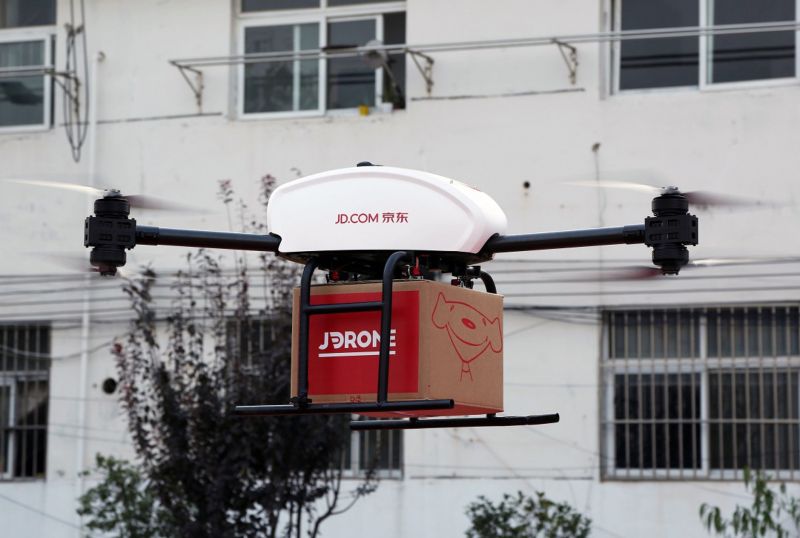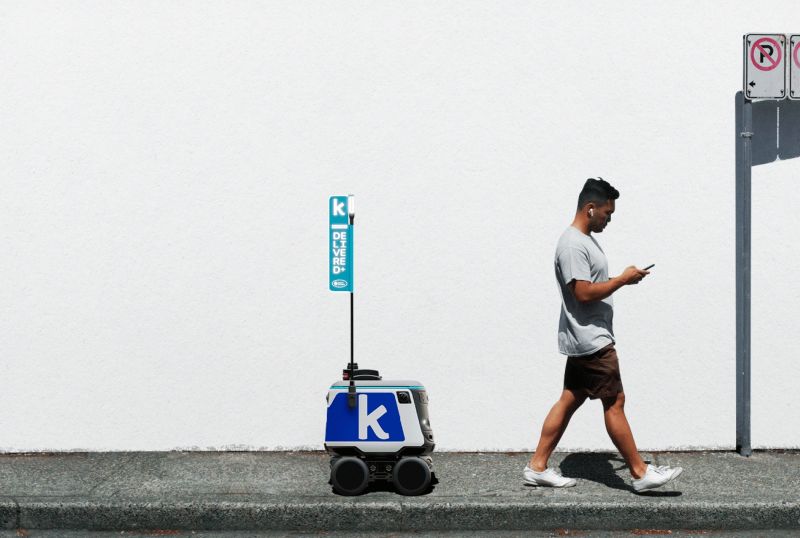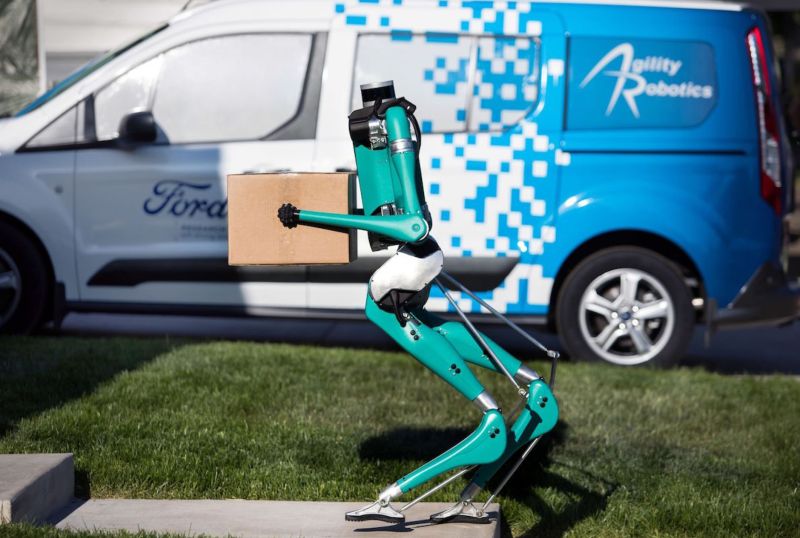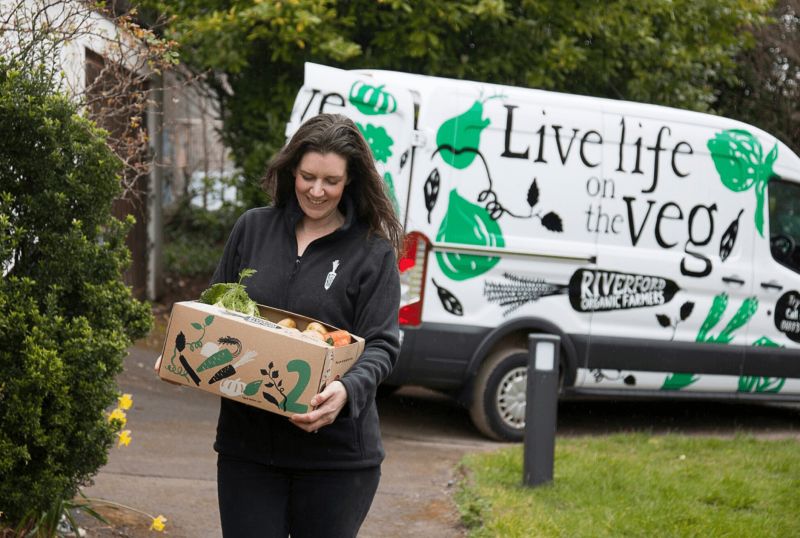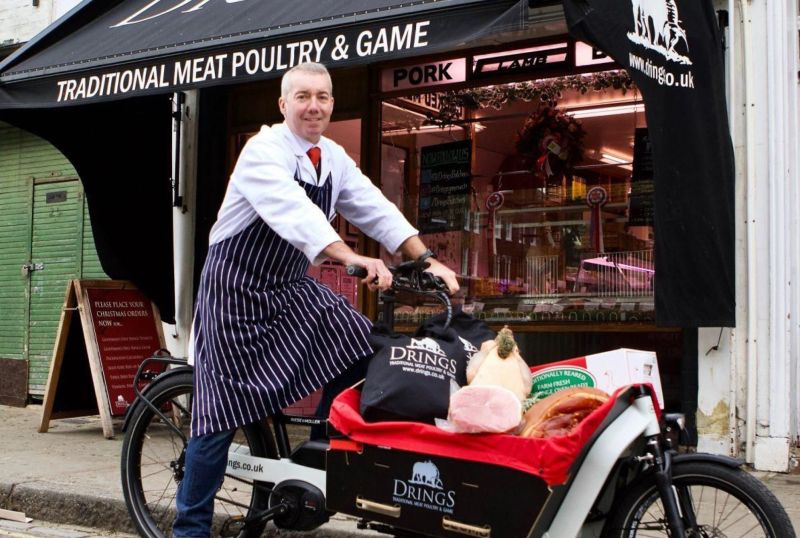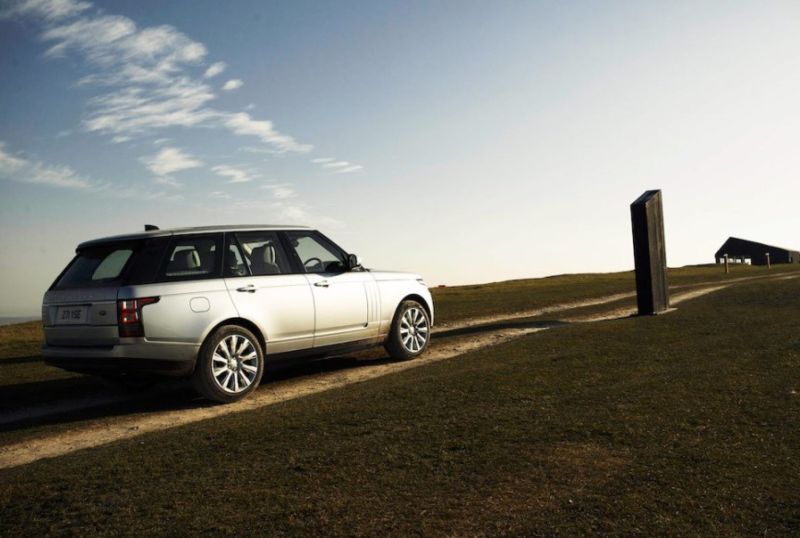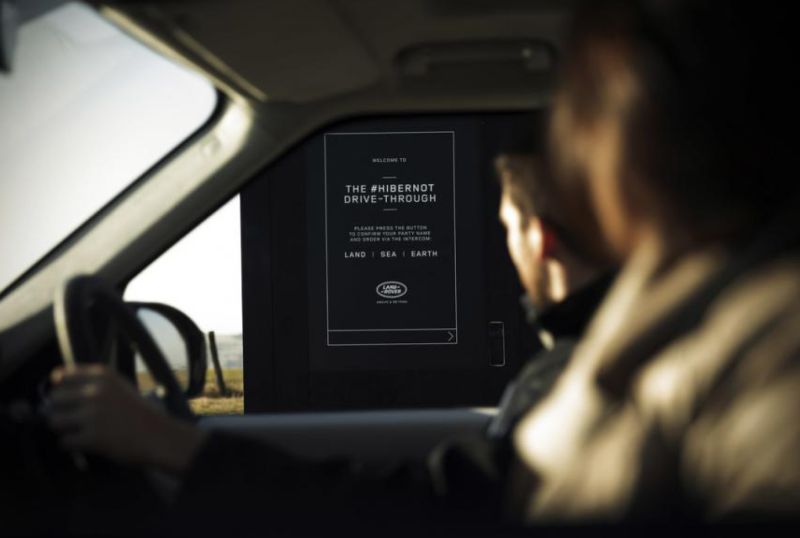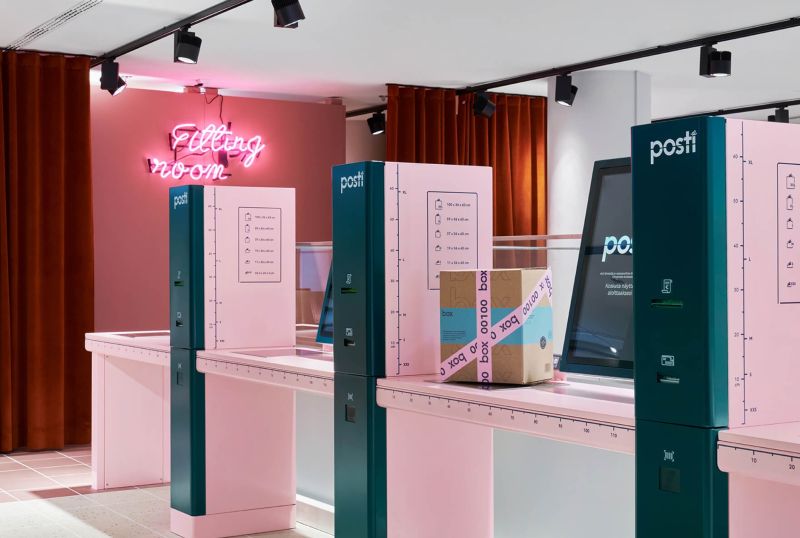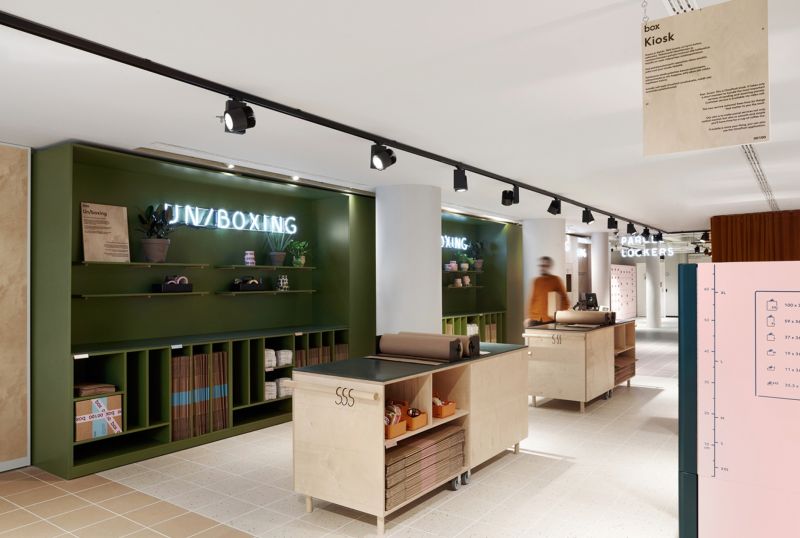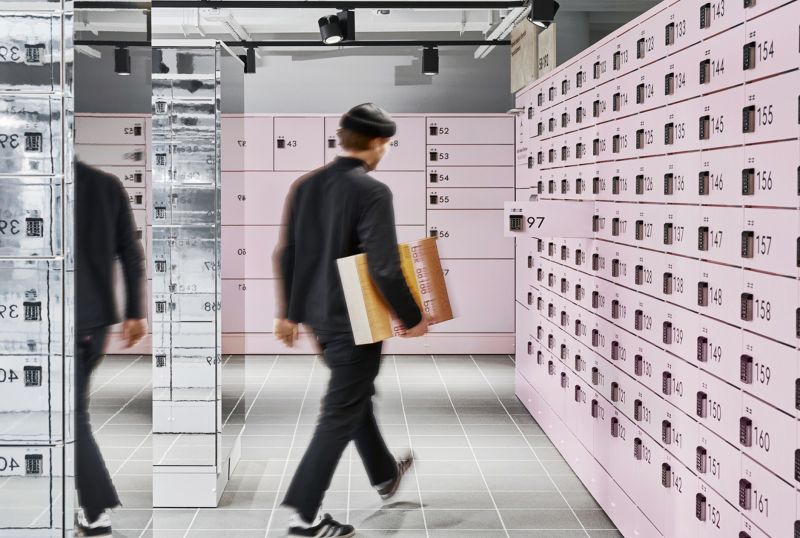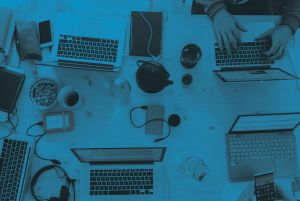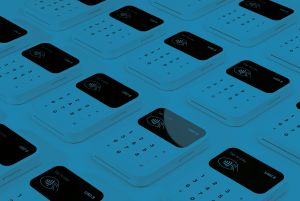How can we enrich our lives beyond frictionless experiences?
As our attention towards sustainability is heightened, our expectations of convenience and especially delivery are changing. Today, it’s actually ok to wait for things.
As our values shift, we are re-framing what constitutes convenience. Our evaluation isn’t just based on time. More methods of delivery are becoming available, and more players are coming to the market. Drones and Uber are offering vastly different experiences. The critical nature of time will surely rise to importance again, but the way we perceive value in delivery will also expand over the coming years. Speed, method and personalisation of delivery will all play a more significant role in the way we value convenience in the future.
New delivery value factors
Our vocabulary for ‘value’ will increase as the possibilities for delivery continues to expand. There is so much more to it than time. The growing use of drones will see machine-like precision for deliveries. Imagine specifying a delivery down to an exact minute or the exact location to the inch. Perhaps our phone GPS can be used to ensure a package is delivered to us, no matter where we happen to be. As you go about your day, could your package find you wherever you are?
Delivery is a brand experience
We have come to see unboxing a product as part of the brand experience. Apple carefully considers how you open a product box and discover it for the first time. Naturally, the delivery of a product should also be an extension of the brand experience. What can the package come with? Delivery accessories you weren’t expecting are similar to being offered a glass of champagne in a store. Who delivers it - machine or man? As drones become more common, we will see a more human type of delivery interaction as an alternative. Some may miss the days of the neighbourhood milkman that knew your name and stopped for a quick chat. A more local and personalised human experience will become important to many. What knowledge of your product does the delivery person have? Being told of the product benefits or how to set up your purchase as it’s handed to you will elevate the service and extend the brand experience. What’s important is that we have options. Having different options and levels of delivery service will allow customers to customise their experience and brands to differentiate themselves.
Walk-through stores
The drive-through has always been an ultimate expression of modern consumer convenience. Yet, the 2020 pandemic helped us realise that this method of shopping also provides us with security and comfort, as well as saving time. The nature of how we define convenience has expanded. As retail stores always strive for convenience and efficiency, it’s natural that the retail walk-through windows will gain popularity. We have seen the rise of cafés and restaurants transform to offer takeaway windows, often running a leaner and more efficient business, and many types of retail can follow. A walk-through window doesn’t just have to be functional (order or pick-up), it can be consultative. Does service retail always need an enclosed store for all of its services? Banks and post offices often put their staff behind screens inside their stores, surely advice about an account or sending a package can be done from a street-side walk-through window. Perhaps this separation between functions can create a greater focus on inside-store services. If we can assume customers in-store have more time, we provide more comfortable seating and offer a more personal service.
Click-and-collect concierge
Ordering something online is convenient, but sending something back is still a bad experience, not necessarily because of effort but due to disappointment; it’s an anti-climax. Click-and-collect is the happy median between online and physical retail, but it’s still far too transactional. Click-and-collect is mostly thought of as time-saving, but many customers are utilising it in a different way; they have time and are using it to secure a product in case it sells out, so for them, it’s really ‘click-and-try’. Customers who have pre-ordered are the most likely to purchase and should be given a premium service. The store knows the customer’s size and what they want; they could be shown alternative products or services. If appointments are part of the experience, an area of the store could become curated for that customer, a changing room could be waiting, and the staff could know their name. If these ideas are extended far enough, click-and-collect becomes a part-personalised store by appointment.
Anyone, anytime
Uber entering the delivery market has expanded the possibilities for people to earn a quick side buck as ‘couriers’. Anyone can deliver something, and anything can be delivered. Imagine you just want some flour for a cake you’re baking from the local grocer or supermarket. A customer who’s already at the grocery store could get a notification and accept the job of delivering it to you. They could collect what you need and drop it off to you on their way home, collecting rewards or loyalty points, or making a small profit in the process.
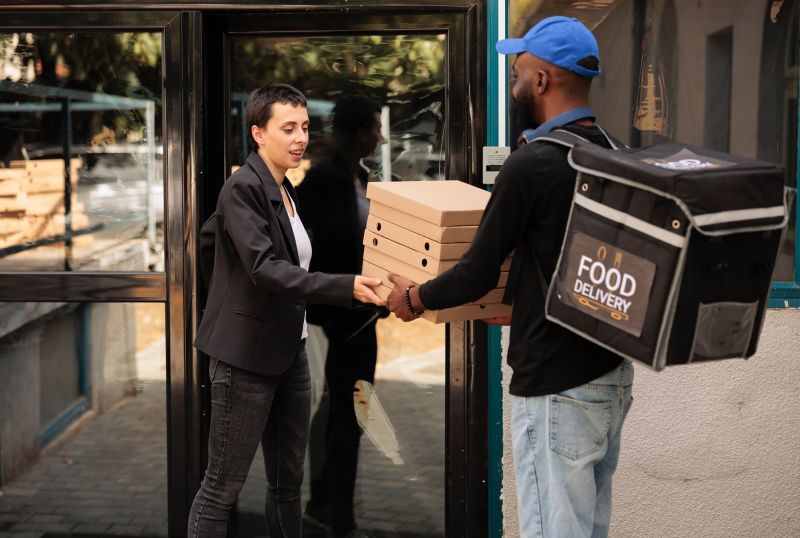
The increased amount of time many of us are spending at home has changed the nature of waiting. Our sense of convenience and urgency for deliveries changed, but this broadens the scope of what delivery can be to us. Technology means we could be delivering convenience in ways beyond the parameters of time. It’s likely we’ll expect delivery to follow other retail trends of increased personalisation. Delivery could be more of an experience, and brands will be able to utilise this to control and improve their customer relationships.




